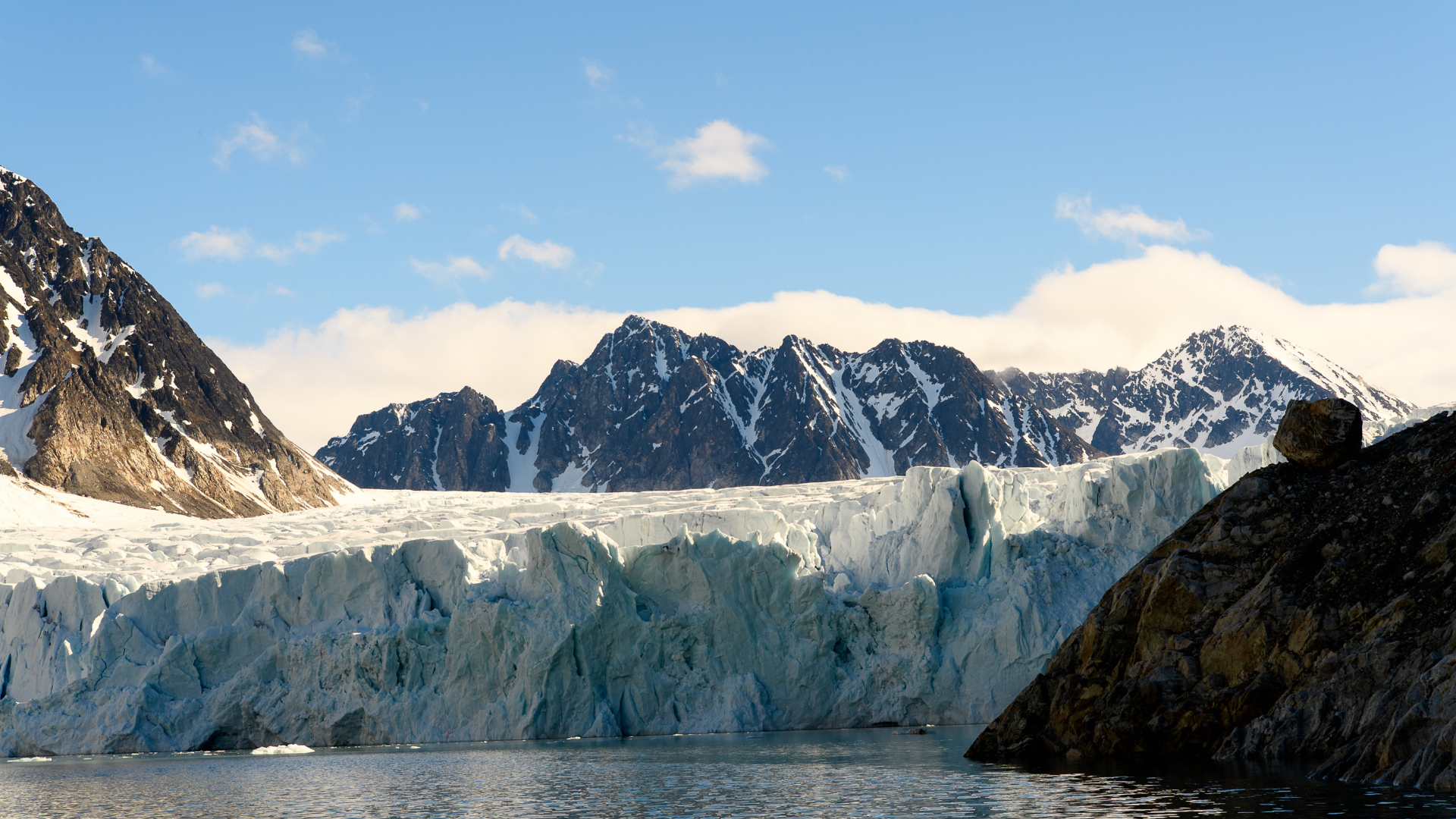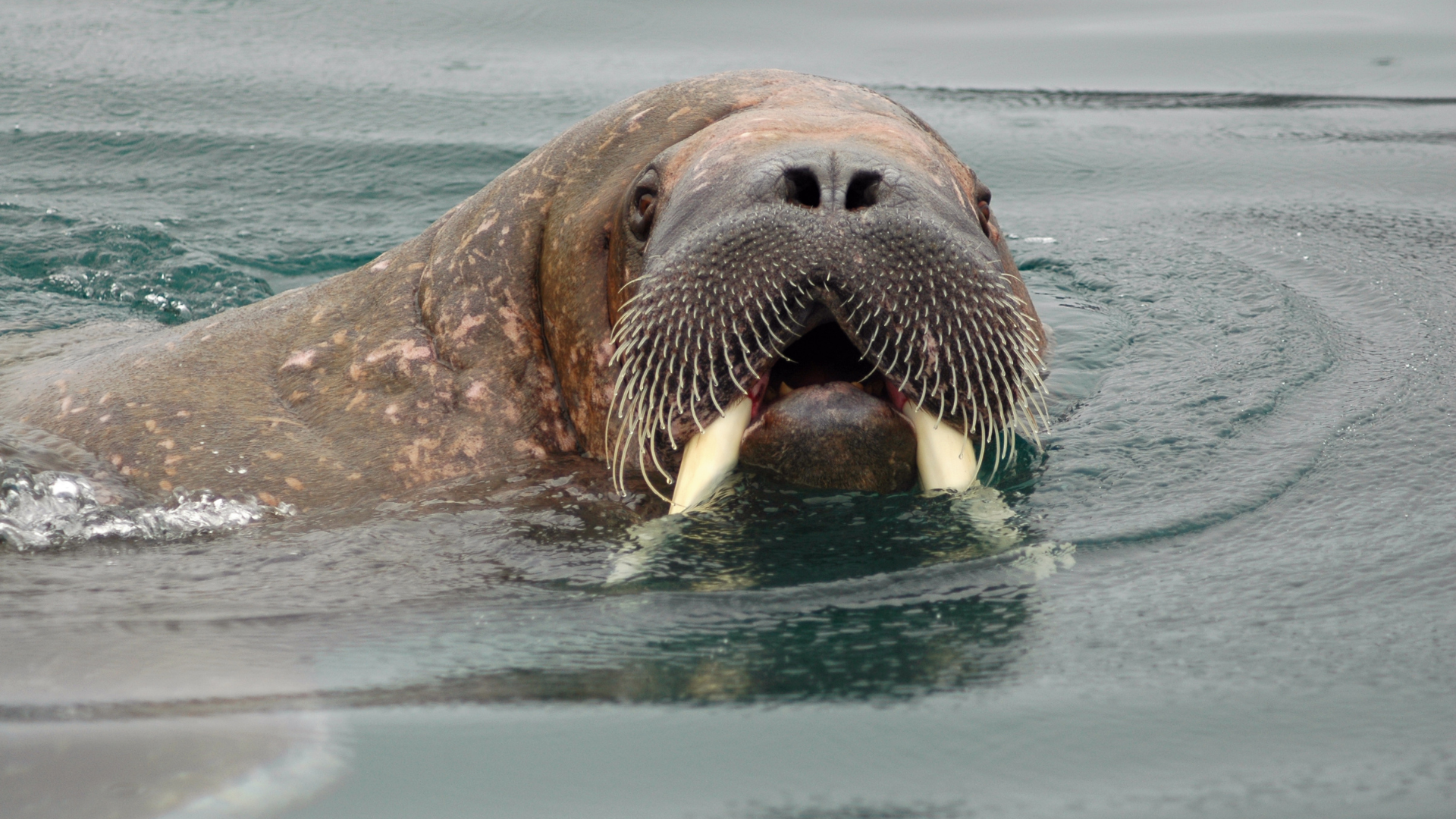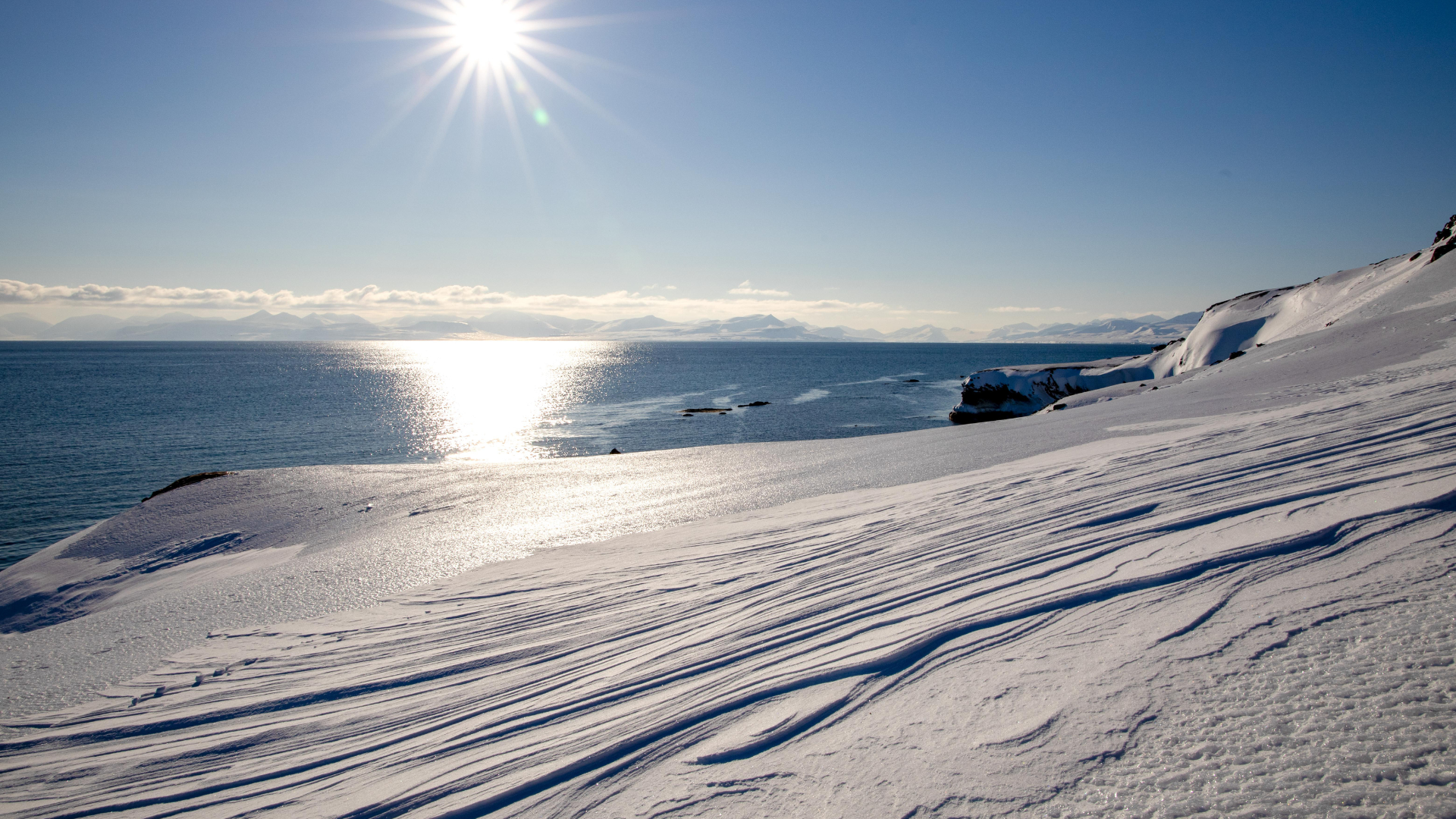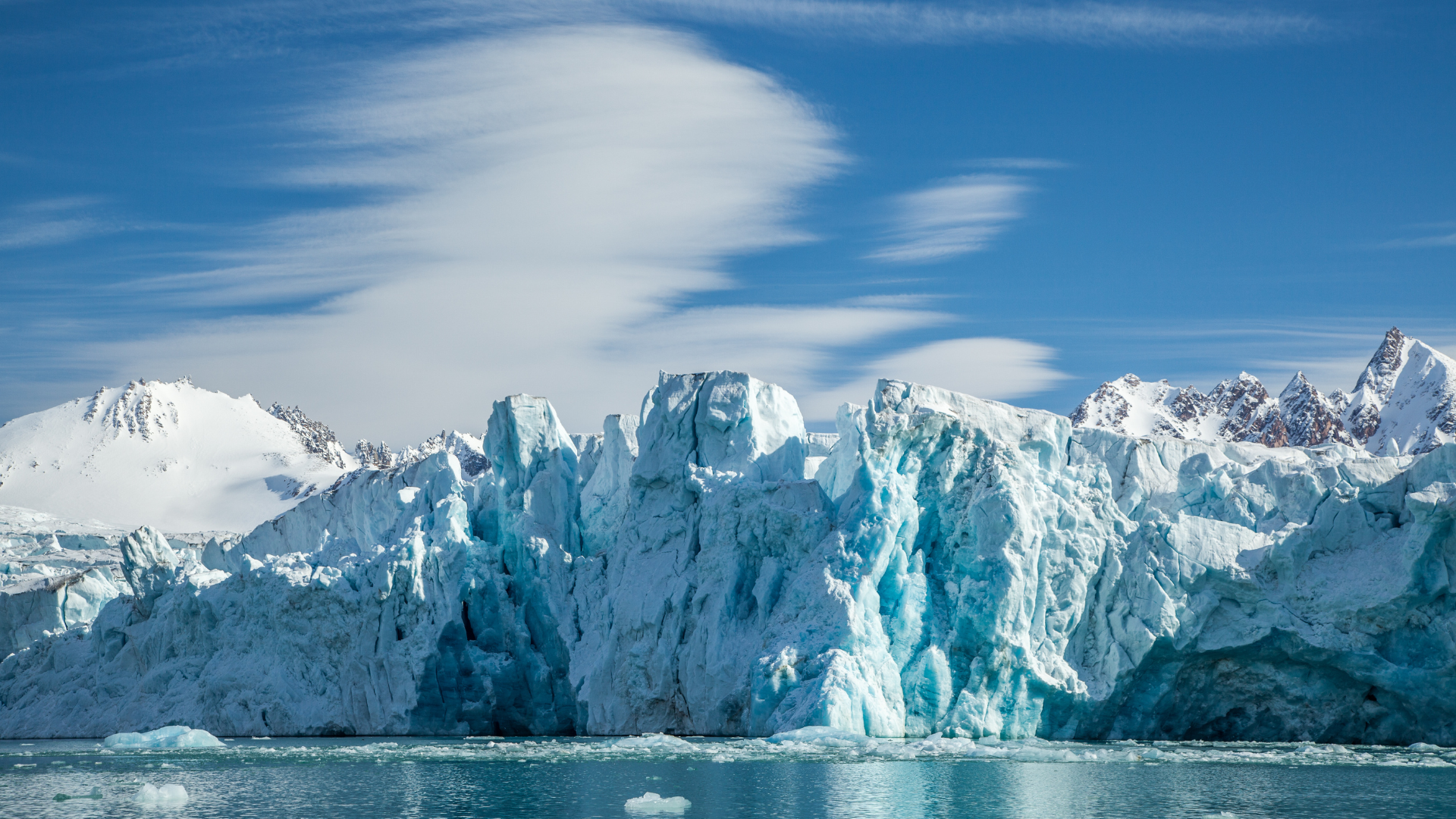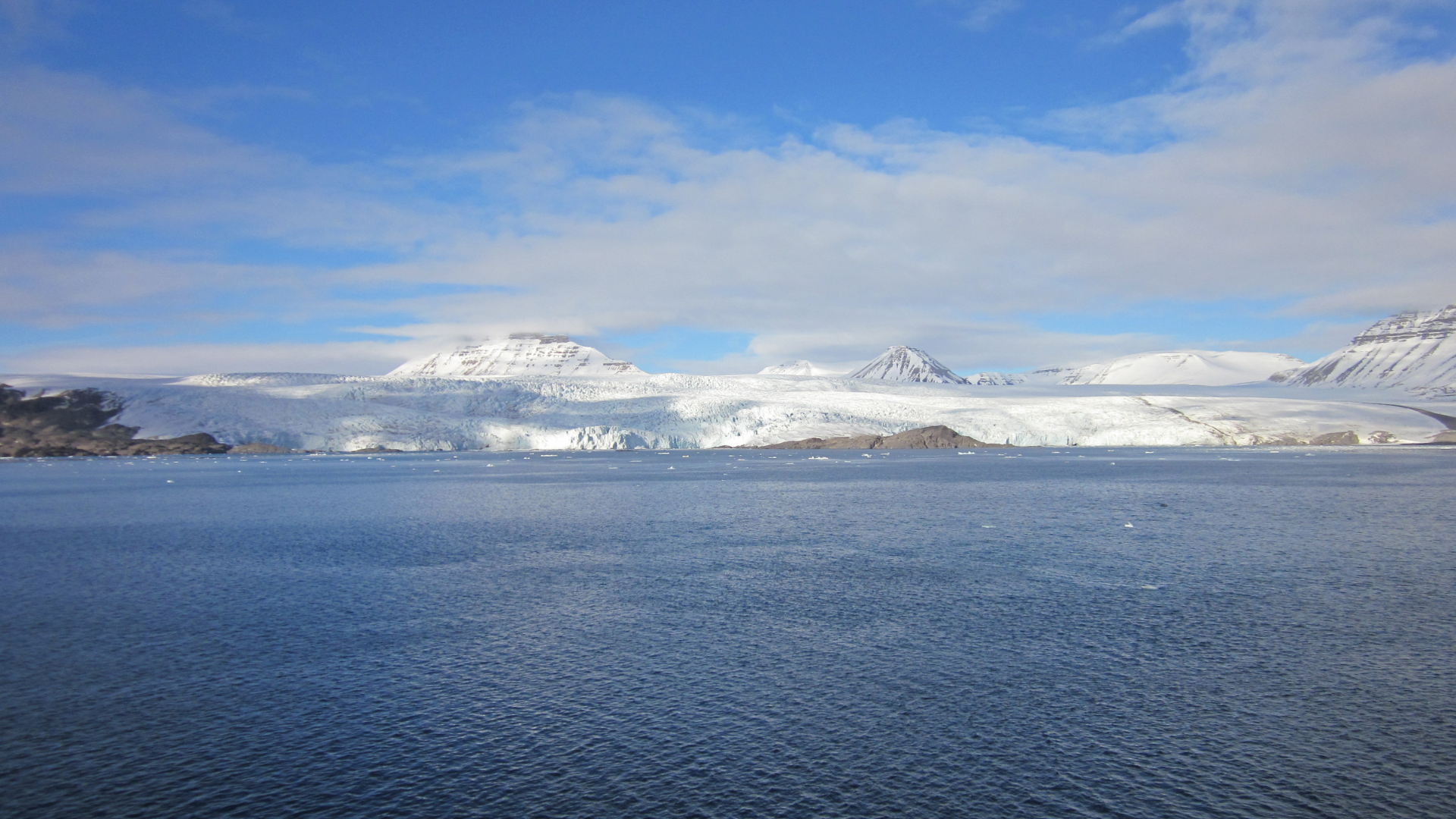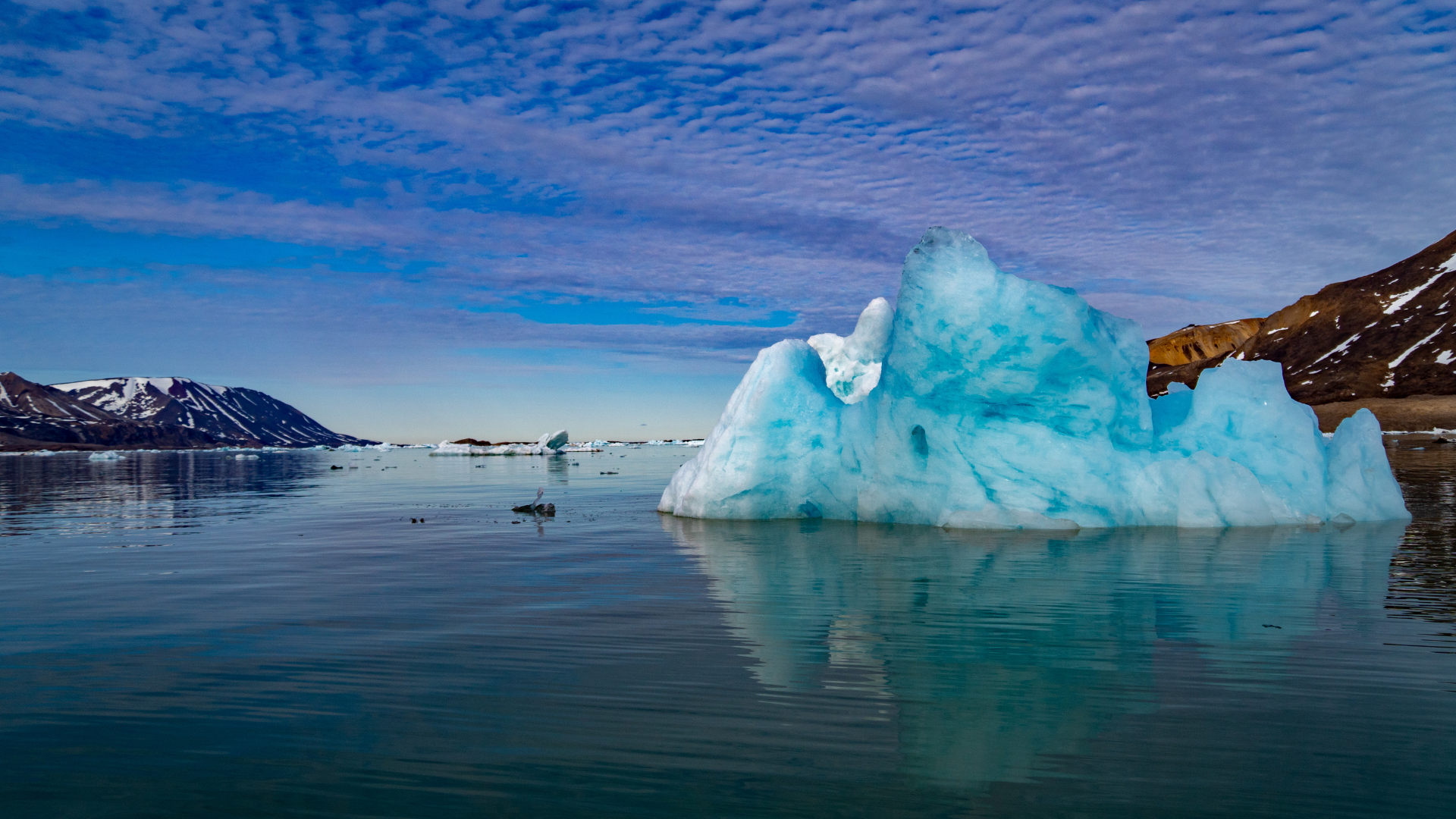It's Time To Explore Places That No One Has Been To
Svalbard: Most Spotted Animals in November
Svalbard: Most Spotted Animals in November

November in Svalbard brings the full onset of the polar night, where the sun does not rise above the horizon for months. Despite the darkness, the wildlife of Svalbard remains as captivating as ever. Polar bears are still one of the most frequently spotted animals during this time. As the sea ice forms and solidifies, these powerful predators roam farther out on the ice in search of seals, their primary food source. With the ice cover expanding, polar bears have more territory to traverse, and those lucky enough to explore Svalbard in November may have the rare chance to witness these apex predators against the backdrop of the Arctic’s endless night.
With the departure of most migratory birds, November’s bird sightings are limited but no less fascinating. The hardy Svalbard rock ptarmigan remains one of the few species still present. This bird, which turns almost completely white to blend into the snowy landscape, is highly adapted to survive the brutal cold. It continues to forage across the tundra in small groups, providing a glimpse of life in the frozen wilderness. Spotting these birds in the stark, monochrome world of the polar night adds an element of quiet beauty to the experience of wildlife watching.
Walruses are another species that visitors can still observe in November, though their sightings become rarer as winter deepens. These enormous marine mammals gather in smaller groups on the remaining ice or along the beaches, preparing for the more extreme conditions ahead. While they tend to be less active during the colder months, their sheer size and presence are always a highlight of any wildlife expedition in Svalbard.
Svalbard reindeer continue to be a prominent feature of the landscape in November. By now, their fur is thick and well-insulated, and they have begun to dig through the snow to reach the vegetation buried underneath. These reindeer are remarkably well-suited to the harsh conditions, and their presence on the frozen tundra provides a stark reminder of the resilience of Arctic wildlife. Visitors may often find them in valleys or other sheltered areas, foraging as they prepare for the long winter ahead.
The Arctic fox, known for its incredible adaptability, thrives in November. With its thick winter coat fully grown in, the fox remains active throughout the dark months, scavenging and hunting small animals. These clever creatures are highly opportunistic and often follow polar bears, hoping to find scraps left behind from a seal kill. Their tireless movement and sharp survival instincts make them fascinating to watch as they navigate the cold, snowy terrain in search of sustenance.
Seals, particularly ringed and bearded seals, are still spotted during November, though they spend more time underwater as the ice thickens. These seals remain the primary prey for polar bears, and their ability to survive in the icy waters is a testament to their adaptability. Watching seals navigate the frozen fjords from a boat or shore-based expedition is a unique experience, though patience is required as sightings become less frequent during the winter months.
Smaller creatures like lemmings and Arctic hares are still active, though their movements are more limited by the deepening snow and cold. These animals are essential to the survival of predators like Arctic foxes and snowy owls, which rely on them for food during the winter. Though they may be harder to spot in the dark, the presence of these small animals ensures the continuity of life in Svalbard’s harsh ecosystem, where every creature plays a vital role.
November in Svalbard is a time of deep quiet and extreme cold, but for those brave enough to explore the region, it offers unparalleled opportunities to observe the Arctic’s most resilient animals. From the ever-present polar bears to the industrious Arctic foxes, the wildlife of Svalbard continues to thrive even in the absence of daylight. Though the challenges of spotting animals in the darkness are considerable, the rewards are immense for those who venture into this icy wilderness.
Want to travel to Svalbard?
It’s easy, just leave your details here and we will contact you
Sign up to our newsletter
We will get back to you as soon as possible
Please try again later
